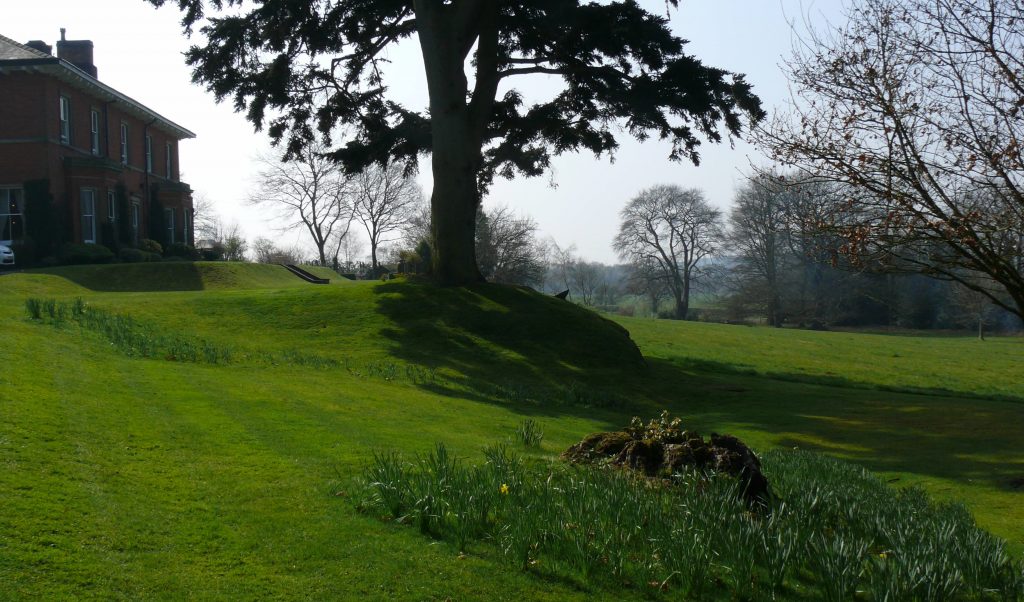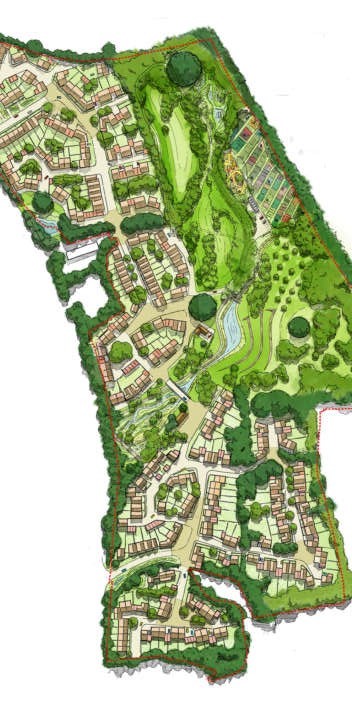What Is An LVIA and When Do I Need One?
Firstly, Landscape and Visual Impact Assessments (LVIA) can be essential for effective planning decisions. Additionally, identifying the effects that new developments have on views and on the landscape itself. Some developments can have effects on visual aspects – but none on landscape character or vice versa. Furthermore, for large developments through the Environmental Impact Assessment. An LVIA will usually be requested. In summary, this will then form part of a larger document. Containing reports from other professionals such as ecologists, hydrologists, and heritage consultants.

What Is An LVIA?
Firstly, any development which is likely to have a significant character, or visual impact on an existing landscape should undergo an LVIA. Therefore the LVIA considers the potential effects of the development upon:
- Individual landscape features and elements
- Landscape character
- Visual amenity and the people who view the landscape
Overall, the main objectives of the LVIA are as follows:
- Firstly describe and evaluate the current landscape/character of the site and its surroundings. Additionally, Identify any notable landscape features within the site.
- Determine the sensitivity of the landscape to the type of development proposed.
- Identify and describe any changes arising from the project relating to landscape and visual issues. This is defined as the magnitude of change.
- Identify and describe any mitigation measures that have been included.
- Likewise identify and assess any cumulative landscape and visual effects.
- Assess the significance of residual landscape and visual effects.
Additionally, the landscape quality refers to the physical state of the landscape. Focusing on the extent to which certain elements affect individual areas and the landscape condition. To explain, landscape quality is based upon the following criteria:
1. Highest Quality – Areas comprising a clear composition of valued landscape components
in robust form and health, free of disruptive visual detractors and with a strong sense of place.
2. Very Attractive – Areas primarily of valued landscape components combined in an aesthetically pleasing composition and lacking prominent disruptive visual detractors.
3. Good Landscape – Areas primarily of valued landscape components combined in an aesthetically pleasing composition with low levels of disruptive visual detractors.
4. Ordinary Landscape Areas ‐ Containing some features of visual value but lacking coherent and aesthetically pleasing composition.
5. Poor Landscape ‐ Areas lacking valued landscape components or comprising degraded features and lacking any aesthetically pleasing composition.
When Do I Need An LVIA?
Furthermore, you will need an LVIA to help design the proposed change and assess it’s effects. The assessment is used to ensure that negative landscapes are avoided, reduced or offset.
For example, the proposed change might be a:
- New road
- Housing
- Wind farm or wind turbines
- Solar farms
- Mineral extraction
- Plan for forest felling and restocking
LVIA examines two independent but related aspects:
- Landscape effects
- Visual effects
Ultimately if you require these studies as part of your planning application, the local planning authority will inform you of this at the pre-application stage. Alternatively, for more information contact us today!

How We Can Help
ProHort has extensive experience of undertaking Landscape and Visual Impact Assessments. Through LVIAs, we work with our clients to address landscape and visual impact issues at an early stage. Equally, this ensures that proposals work within the local landscape, address any constraints and are acceptable visually. A project which works with the character of the area is more likely to be acceptable to local planning authorities.
Our landscape architects can advise on appropriate design and mitigation measures. This often leads to appearances at public inquiries to present detailed evidence on development proposals.
Here at ProHort we also carry out Landscape Character Assessments (LCA) at a Local Authority level. Landscape Character Assessments identify the unique qualities and features of an area which contribute to local distinctiveness. Our LCAs are used in Local Plans, Transport Strategies and Supplementary Planning Guidance to improve the design quality of new development.
We Are Social!
Why not check out our Facebook page and connect with us on Linked in?
